Best Potato Mashers Review of 2025: Smooth & Fluffy Every Time
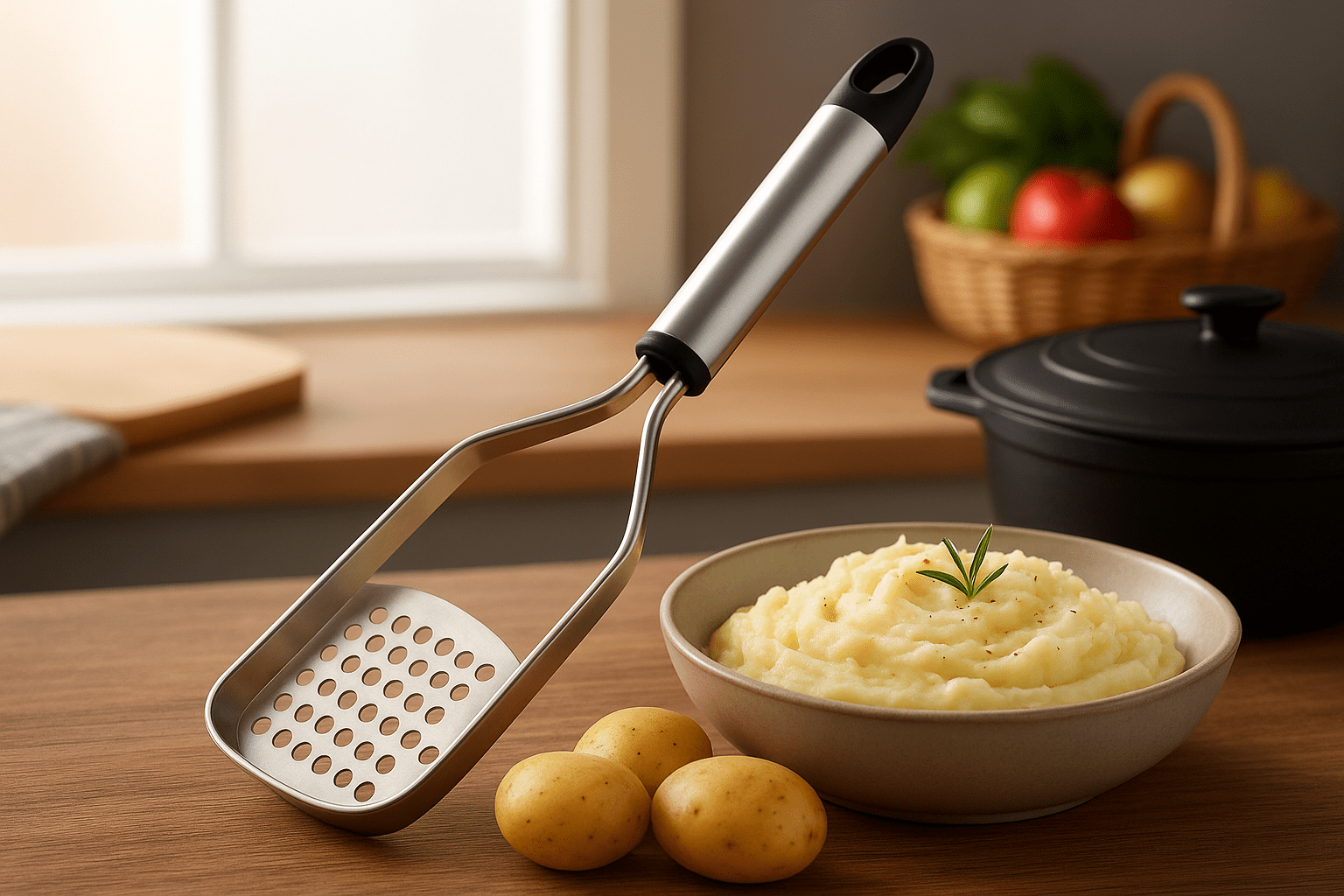
In the heart of every kitchen, where comfort food meets everyday efficiency, the humble potato masher stands as a timeless tool. A Potato crusher is more than just a gadget for turning boiled spuds into fluffy sides—it’s a versatile ally for creating smooth purees and textured mashes that elevate meals from ordinary to memorable. Whether you’re preparing a family feast with creamy mashed potatoes or experimenting with vegetable blends, understanding the nuances of a Potato crusher can transform your cooking routine. This guide dives deep into the world of this, addressing common questions from beginners to seasoned home chefs.
We’ll explore what a Potato crusher is, how it functions, its array of benefits, essential features, and practical safety tips. You’ll also find usage ideas that go beyond potatoes, cooking tips for flawless results, detailed cleaning and maintenance advice, troubleshooting for sticky situations, and a balanced buying guide to help you navigate options without bias. By the end, you’ll feel confident in selecting and using a potato masher that fits your needs, ensuring every mash is just right.
With a focus on user-friendly insights, this resource aims to empower you to make informed decisions in your culinary adventures. As search interest in terms like best potato masher for smooth texture and types of Smoothie Blenders continues to grow, it’s clear that home cooks are seeking reliable, no-nonsense information. Let’s peel back the layers and get mashing.
What is a Potato Masher?
A Potato crusher is a simple yet indispensable kitchen utensil designed primarily for crushing cooked potatoes into a soft, uniform consistency. At its core, it consists of a handle attached to a mashing head—typically made of metal wires, solid plates with perforations, or silicone grids—that applies pressure to break down the starches in boiled or steamed potatoes. This tool has been a staple in kitchens for generations, evolving from basic wooden versions to modern designs that prioritize ergonomics and durability.
From a user’s perspective, a potato masher addresses a fundamental cooking challenge—efficiently processing soft foods without requiring excessive effort or specialized equipment. It’s particularly valuable for those who prefer hands-on methods over electric appliances, offering control over the final mash’s chunkiness or smoothness. Unlike blenders or food processors, which can incorporate too much air and alter flavor, a Potato crusher preserves the natural taste and warmth of ingredients.
In essence, selecting the right Smoothie Blender means considering how it integrates into your workflow. For quick weeknight dinners, a compact model might suffice, while larger families may opt for one with a broader head for faster results. Understanding this foundational tool sets the stage for exploring its mechanics and advantages.
How Does a Potato Masher Work?
The mechanics of a potato masher are straightforward, relying on leverage and direct force rather than complex technology. To use one, you first cook your potatoes (or other soft vegetables) until fork-tender—typically by boiling or steaming. Once drained, place the hot ingredients in a sturdy pot or bowl. Grip the handle firmly and position the mashing head over the food, then apply downward pressure in a pressing or rocking motion. The head’s design—whether perforated for drainage or solid for thorough crushing—breaks the cell walls of the potatoes, releasing starches that bind the mash together.
This process works because potatoes contain high levels of starch, which gelatinize during cooking. The masher’s action shears these softened cells, creating a cohesive yet airy texture when combined with additions like butter or milk. Perforated heads allow excess moisture to escape, preventing a watery mash, while the handle’s length provides the leverage needed to avoid straining your wrists. For optimal results, users often employ a technique called the press and fold: Press down to crush larger pieces, then gently fold in seasonings to distribute flavors evenly. This method minimizes over-mashing, which activates excess starch and leads to stickiness.
In practice, the tool’s efficiency shines in its simplicity—no plugs, no batteries—just pure mechanical advantage. Experimenting with pressure reveals nuances; lighter strokes yield rustic chunks ideal for loaded baked potato toppings, while firmer pushes create silky bases for shepherd’s pie. By mastering this basic operation, even novice cooks can produce professional-grade mashed potatoes with minimal fuss.
Benefits of Using a Potato Masher
Opting for a potato masher brings a host of practical advantages that enhance both the cooking process and the result. Foremost, it delivers texture control, allowing users to customize the mash from chunky and hearty to velvety smooth based on preference or recipe demands. This versatility extends to portion sizes, making it suitable for solo meals or crowds without scaling up equipment. Another key benefit is efficiency in time and effort.
Unlike manual stirring with a spoon, a potato masher distributes force evenly across the surface, reducing the number of strokes needed—often halving prep time for a pound of potatoes. This is especially helpful for those with limited hand strength, as ergonomic handles minimize fatigue during extended use. From a nutritional standpoint, mashing preserves more vitamins and minerals compared to high-heat blending methods, as it avoids over-processing that can degrade heat-sensitive nutrients like vitamin C in potatoes.
Environmentally, these tools are low-impact: durable models last for years, reducing waste from disposable alternatives. Safety-wise, a well-designed potato masher keeps hands at a safe distance from hot contents, lowering burn risks. It’s also space-efficient, storing easily in drawers unlike bulkier appliances. For budget-conscious users, the low cost—often under $20—makes it accessible without compromising quality. Overall, the Smoothie Blender’s benefits lie in its balance of simplicity and performance, fostering creativity in the kitchen while streamlining routines. Whether aiming for classic mashed potatoes or innovative purees, it empowers users to focus on flavor rather than frustration.
Key Features to Consider in a Smoothie Blender
When evaluating potato mashers, certain features directly impact usability and longevity. Start with the head design: Perforated metal grids excel at draining moisture for fluffier mashes, while solid silicone heads offer gentle crushing for delicate veggies. Material choice is crucial—stainless steel provides rust resistance and heat tolerance, ideal for frequent use, whereas nylon or silicone variants are non-stick and less likely to scratch pots. Handle ergonomics play a pivotal role in comfort. Look for textured grips that prevent slips, especially when using wet hands, and lengths between 10 and 12 inches for adequate leverage without bulk.
Some models incorporate soft-touch coatings or angled designs to reduce wrist strain during prolonged mashing. Durability factors include construction quality; seamless welds on metal mashers withstand bending, and reinforced attachments ensure the head doesn’t detach under pressure. Dishwasher-safe options simplify cleanup, though hand-washing preserves non-metal components longer. Additional perks like foldable heads aid storage in small kitchens, and dual-functionality—such as built-in scrapers—streamlines tasks. To illustrate, here’s a comparison table of common features:
| Feature | Stainless Steel Potato Masher | Silicone Potato Masher | Wire Potato Masher |
| Material Durability | High (rust-proof, heat-safe) | Medium (flexible, non-scratch) | High (lightweight, bend-resistant) |
| Best For | Heavy-duty mashing | Delicate foods | Quick, airy textures |
| Ease of Cleaning | Dishwasher-safe | Easy rinse | Dishwasher-safe |
| Grip Comfort | Varies (often ergonomic) | Soft, non-slip | Basic handle |
| Price Range | $10-25 | $8-20 | $5-15 |
Types of Smoothie Blenders
Potato mashers come in several varieties, each suited to different textures and tasks. The traditional perforated metal masher, often in stainless steel, features a grid pattern that pushes food through holes while expelling steam—perfect for classic mashed potatoes with a light, fluffy finish. For smoother results, the potato ricer stands out as a specialized type. It extrudes cooked potatoes through small holes via a plunger, yielding gum-free purees akin to restaurant-quality sides. Though technically distinct, it’s frequently compared to mashers for its pressing action.
Electric potato mashers offer hands-free convenience, using battery or corded power to vibrate or rotate the head, ideal for large batches but bulkier for storage. Silicone-coated models blend gentleness with grip, preventing sticking and are suitable for non-potato uses like baby food. Wire mashers, with their zigzag design, create airy, rustic mashes quickly, while professional-grade heavy-duty versions boast broader heads for commercial volumes. Each type addresses specific user scenarios: compactness for apartments, robustness for families. Understanding these types empowers choices; for instance, if types of potato mashers are a frequent query, testing a few reveals preferences for wire over solid for chunkier styles.
Safety Tips When Using a Potato Masher
Handling hot foods demands caution, and a Smoothie Blender amplifies this with its reach. Always use oven mitts or dry towels on handles to shield against steam burns—potatoes retain heat post-boiling. Position the pot on a stable surface to avoid slips, and never overfill to prevent spills. For potato masher safety when hot, keep the head submerged initially to contain splatters, and mash away from your body. Children and those with reduced dexterity should supervise use, opting for models with stable bases.
Store away from edges to prevent tip-overs. Regular inspections for wear—like loose heads—avert accidents. These habits ensure safe, stress-free mashing.
Usage Ideas for Potato crushers
Beyond mashed potatoes, a Potato crusher unlocks creative applications. Crush cooked carrots or parsnips for vibrant side purees, enhancing roast dinners with natural sweetness. For uses for a potato masher in cooking, try smashing chickpeas for quick hummus bases or beans for chunky chili thickeners. In baking, mash bananas or avocados directly in bowls for bread batters, saving dishes. Sweet mashers shine in pies, while gentle presses work for berries in jams. Experiment with cauliflower for low-carb rice substitutes—simply boil, mash, and season. These ideas expand the tool’s utility, turning it into a multi-purpose kitchen essential.
Cooking Tips for Perfect Mashed Potatoes with a Potato Masher
Achieving ideal mashed potatoes starts with potato selection: Russets for fluffiness, Yukon Golds for creaminess. Boil in salted water until tender—about 15-20 minutes—to infuse flavor. Drain thoroughly to avoid sogginess, then return to heat briefly to evaporate moisture. Mash while hot, adding warm milk and butter gradually for even incorporation. Use a rocking motion for uniformity, stopping at the desired texture to prevent gumminess. Season post-mash for balance, and for variations like garlic-infused, roast cloves first. Rest covered for five minutes to meld flavors. These tips guarantee restaurant-worthy results every time.
Cleaning and Maintenance of Your Potato Masher
Post-use, rinse immediately under hot water to loosen residues—crucial for cleaning potato masher tips. For metal types, soak in soapy water, scrub perforations with a brush, then air-dry to prevent rust. Silicone models wipe clean effortlessly, while electrics unplug first and spot-clean. Dishwasher use suits most, but check manuals. Monthly, inspect for wear; oil hinges if applicable. Proper care extends lifespan, keeping your tool hygienic and ready.
Troubleshooting Common Issues with Potato Mashers
Lumpy mashes? Overcook slightly or cut into uniform sizes. Gummy texture signals overworking—mash minimally. For how to mash potatoes without a masher, improvise with a fork, but expect more effort. Slippery grips? Dry hands pre-use. Bent heads? Upgrade to sturdier models. These fixes resolve most woes swiftly.
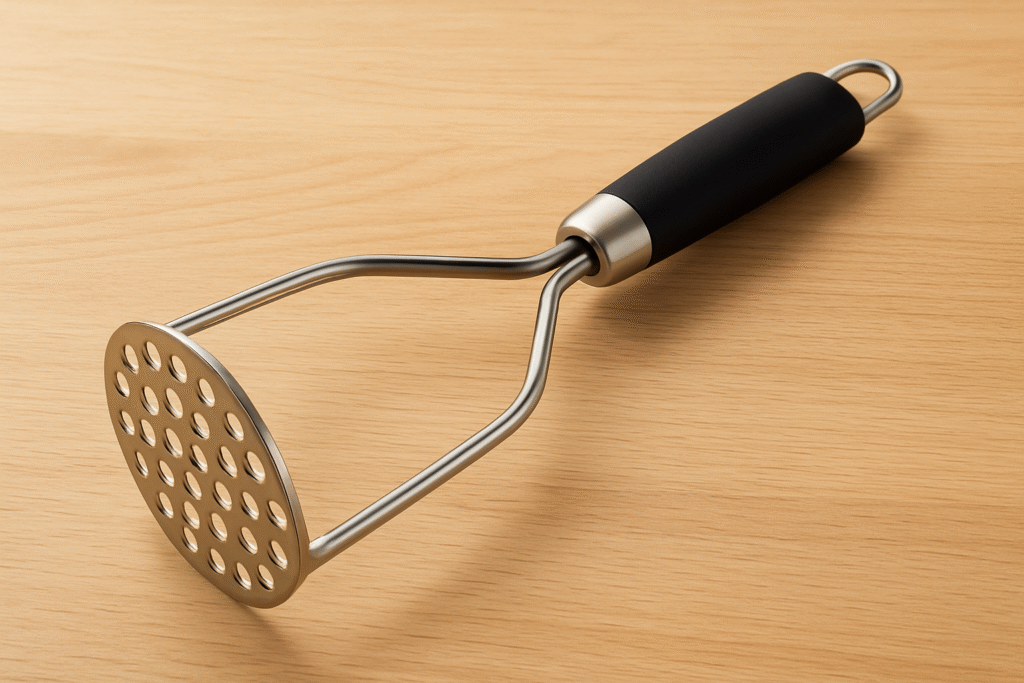
A Neutral Buying Guide for Potato Mashers
Choosing the right Potato crusher involves assessing needs without brand favoritism. For choosing the right potato masher, prioritize head size for batch volume, material for durability, and handle for comfort. Budget options under $10 offer basics; mid-range $15-25 add ergonomics. Test in-store if possible, or read user feedback on texture control. Avoid extremes—too cheap bends easily, too pricey overkill for casual use. Consider warranties and versatility. Examples like OXO for grips or basic stainless for affordability illustrate options neutrally. Weigh these for a fit that lasts.
Conclusion
From its simple mechanics to versatile applications, the potato masher proves an enduring kitchen hero. This guide has unpacked its workings, benefits, features, and care, equipping you with knowledge for confident use. Whether troubleshooting lumps or exploring new recipes, remember: the right tool enhances joy in cooking. Invest thoughtfully, mash mindfully, and savor the results—your next perfect batch awaits.
FAQ
What is the best potato masher for a smooth texture?
Perforated stainless steel models excel, pressing evenly without excess starch release.
How to mash potatoes without a masher?
Use a fork, whisk, or mixer—though results may vary in smoothness.
What material is best for a Potato crusher?
Stainless steel for durability; silicone for non-stick ease
Is a potato masher safe for hot pots?
Yes, with mitts and stable positioning.

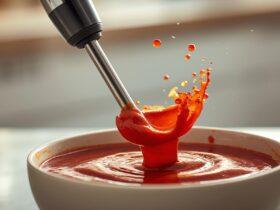
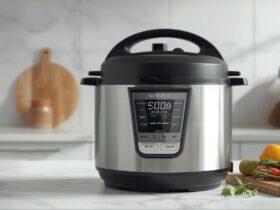
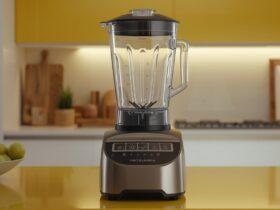
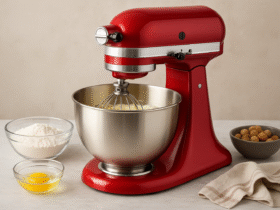

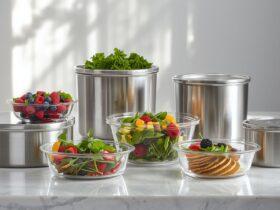
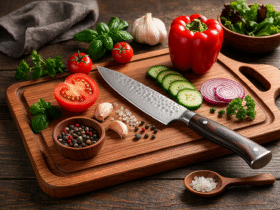


Leave a Reply